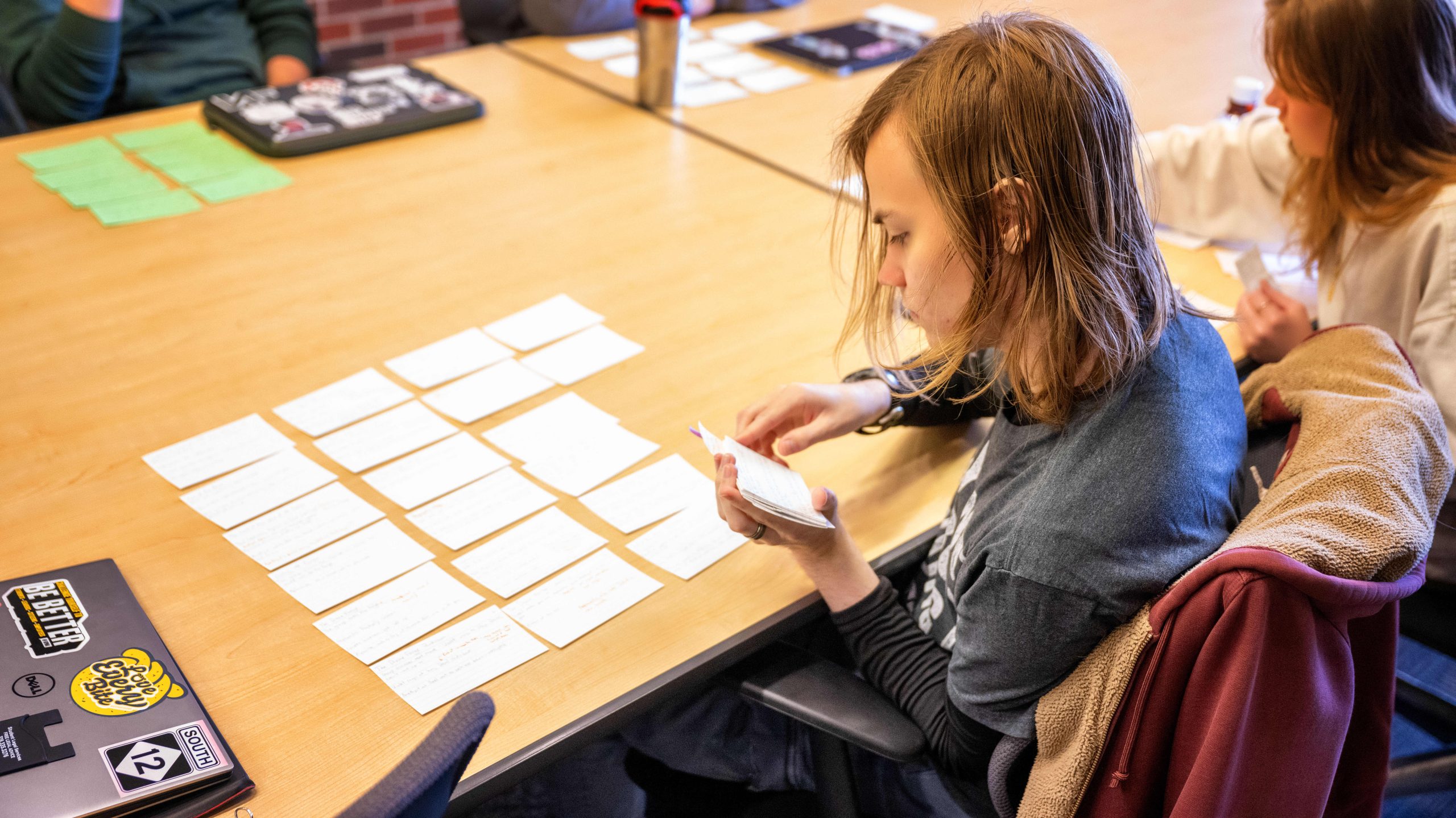Learning about your students’ accessibility needs

In the article Beynd Accommodation: Disability, Feminist Philosophy, and the Design of Everyday Academic Life, Aimi Hamraie writes: “Access is a long-term commitment to do better. Meaningful access requires us to ask not only, “Who belongs?” but also, “How do we know?” (Hamrae, 2016, p. 267).
UDOIT stands for Universal Design Inspection Tool and serves as an accessibility checker for ICON (Canvas) courses. It identifies elements that may not be accessible to all students and provides suggestions for fixing them. To enable it in your course, please review the How-To Guide.
Designing a pre-course survey
In addition to utilizing technological tools, we highly recommend learning about your students’ stated (not assumed) accessibility needs. One strategy is sending a survey at the start of each term. By collecting information upfront and maintaining an open dialogue, you can partner with students to provide equitable access to materials, activities, and assessments. We have included some sample surveys focused on accessibility. Please modify these as appropriate for your specific teaching context and students. Remember to only ask questions students feel comfortable addressing. Please let us know if you need any assistance crafting your survey or implementing accommodations.
Here are two survey examples:
- a survey developed by a University of Iowa instructor, distributed at the beginning of the course;
- an accessibility survey shared by the University of Colorado Boulder Center for Teaching & Learning.
- “Who’s in Class?” form proposed in What Inclusive Instructors Do? (Addy et al., 2021, pp. 140-142).
Embedding frequent opportunities to share their concerns and experiences
The goal of this survey is to proactively understand your students’ needs early on. However, be sure to note that students can request accommodations at any point in the course if needed. We encourage supplementing the survey with ongoing check-ins with students as well.
- During the semester, check-in with your students on their course experiences. One way to do that is using the muddiest point activity when students share their anonymous responses on index cards. For example, “What aspect of this lecture did you find the most challenging to understand or access? It could relate to the content, materials, or how I presented the new topic today.”
-
Employing frequent reflective opportunities, such as embedding one-minute papers connected to students’ learning. For example, At what moment in class did you feel most engaged with what was happening? At what moment in class were you most distant from what was happening? (Brookfield, 2017).
- Some instructors create an ICON discussion forum designated to accessibility.
- We encourage you to learn about students’ changing needs and learning experiences through the anonymous mid-semester feedback forms focusing on accessibility and inclusivity. One way to do that is to use a “Start-Stop-Continue” (SSC) model:
Based on your experience in the course so far,
- What should we start doing regarding course accessibility and inclusivity and why?
- What new ways, activities, features, tools, or behaviors could we embed in the course and classroom environment to enhance your learning (e.g., provide shared notes)?
- What should we stop doing and why?
- What course activities, strategies, tools, and behaviors negatively affect your learning (e.g., using professional jargon and terminology that might be unclear)?
- What should we continue doing and why?
- What current strategies, activities, features, tools, or behaviors support your learning (e.g., sharing pre- and post-lecture slides)?
Here are some other open-ended questions to gather student’s perspectives on course accessibility:
- How have you found the accessibility of course materials (textbooks, videos, documents, etc.)? What do you find helpful, and what needs to be improved?
- Please share a specific accessibility feature or tool you believe would significantly improve your learning experience.
- What are some accessibility barriers you encountered in course materials, content, or learning environment?
- Do you feel comfortable reaching out to discuss accessibility concerns? Why or why not?
The Center for Teaching staff (Teaching@uiowa.edu) would be happy to help you develop tailored questions approriate to your goals and bandwidth for making changes. To learn more about collecting students’ feedback, please check our Handbook’s chapter Asking students for their feedback and Who are your students?
References
Addy, T. M., Dube, D., Mitchell, K. A., SoRelle, M. E., Longmire-Avital, B., & Felten, P. (2021). What Inclusive Instructors Do: Principles and Practices for Excellence in College Teaching (1st ed.). Stylus Publishing.
Hamraie, A. (2016). Beyond accommodation: disability, feminist philosophy, and the design of everyday academic life. Philosophia, 6(2), 259–271. https://doi.org/10.1353/phi.2016.0022
